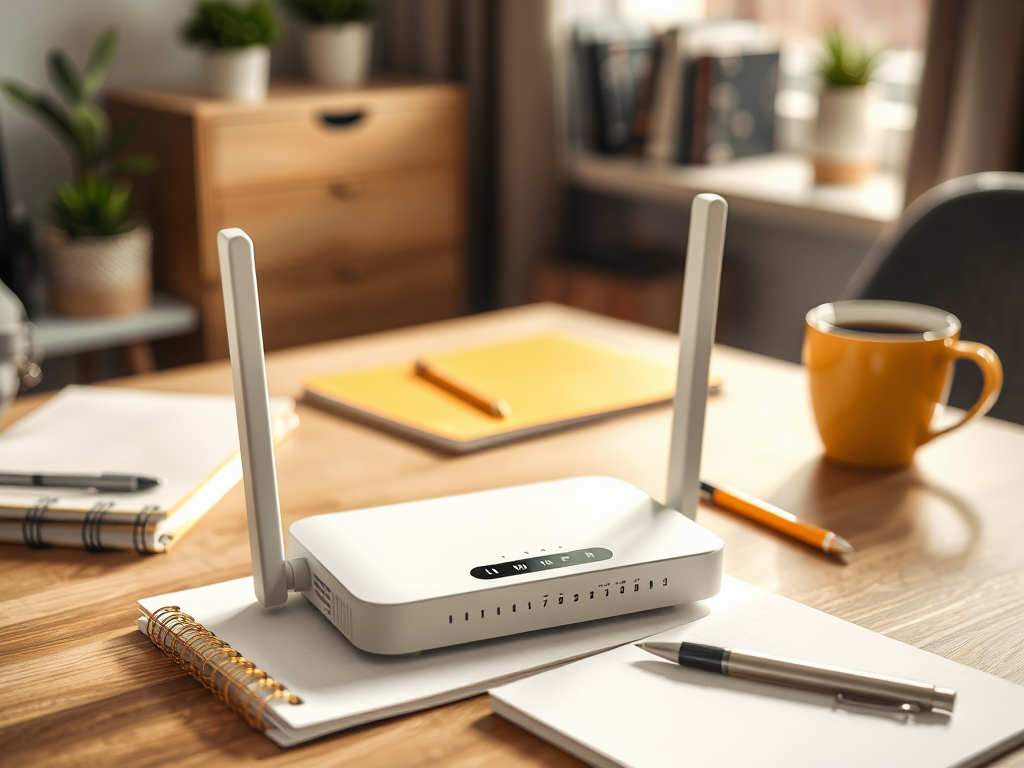Why Has My Internet Been So Slow Lately? Common Issues
Experiencing slow internet can feel like an insurmountable obstacle in today’s fast-paced digital world. Whether you’re streaming your favorite shows, engaging in an important video call, or simply browsing the web, a slow connection hampers productivity and enjoyment. Many users are left puzzled, asking, “Why has my internet been so slow lately?” With a myriad of factors influencing speed, identifying the root cause can be daunting. Luckily, this article delves into the most common issues causing a sluggish internet connection and offers practical solutions to help restore your browsing experience. Let’s navigate the intricate world of internet speed and discover how to troubleshoot effectively.
The experience of slow internet can stem from several interconnected factors—ranging from network congestion in your area to problems directly within your home network devices. Understanding these causes requires a critical look at both external and internal influences. Your Internet Service Provider (ISP) plays a significant role in the quality of your internet access, while elements like the devices in your household and environmental factors can also have surprising impacts. By the end of this article, you’ll have a robust understanding of potential issues and how you can rectify them.
Understanding Internet Speed

The speed of your internet connection is determined by three main elements: bandwidth, latency, and the type of internet technology employed. Bandwidth refers to the maximum amount of data that can be transmitted over your internet connection in a given time period, usually measured in megabits per second (Mbps). Latency, on the other hand, is the time it takes for data packets to travel from your device to the server and back—lower latency usually equals a smoother experience, especially in online gaming scenarios. Lastly, the type of internet connection—such as fiber optic, DSL, or cable—can greatly influence your overall speed. Understanding these elements is foundational before diving into specific issues related to slow internet.
Common Causes of Slow Internet

There are a variety of reasons why your internet may be experiencing slowness. Below are some of the most common issues that can contribute to a sluggish connection. Recognizing these factors can empower you to take action and hopefully restore your internet to its full potential.
- Network Congestion
- Router Issues
- Device Limitations
- ISP Problems
Network Congestion
Network congestion occurs when too many users are online at the same time, leading to strained bandwidth. This is particularly evident during peak hours in residential areas, such as evenings when multiple households stream videos or play online games. If you’ve ever noticed that your internet speeds dip significantly during these times, you’re likely experiencing the effects of congestion. This issue can vary based on your neighborhood, the type of ISP you have, and your internet plan, making it essential to be aware of when speeds are likely to lag. You might also want to check if others in your vicinity are facing similar problems.
Router Issues
Your router acts as the central hub for internet connectivity in your household. If it is outdated, incorrectly placed, or misconfigured, it can significantly hinder your internet speed. Common issues include outdated firmware, being located too far from connected devices, or having physical obstructions that affect signal strength. An optimal router setup can often involve maintaining a strategic central position in your home and ensuring no barriers obstruct its reach. You can also consider expert recommendations to enhance your router’s performance, as a well-functioning router can drastically improve your browsing experience.
| Router Placement Tips |
|---|
| Keep it elevated and centered |
| Avoid placing it near walls or metal objects |
| Limit interference by staying away from other electronic devices |
| Ensure it’s not hidden or stowed away |
Internet Service Provider (ISP) Problems
Sometimes, the issues behind slow internet lie with your Internet Service Provider. For various reasons, they might be unable to deliver the speed promised in your plan, leading to frustrating experiences.
Throttling
Data throttling is a technique used by ISPs to limit internet speed temporarily when you exceed a specific data usage threshold. This can be especially disappointing for heavy users who stream large volumes of data. Throttling often occurs during peak times to manage bandwidth and reduce loading times for users across the network. If you suspect throttling, monitoring usage patterns and data thresholds set by your ISP can provide clarity on the matter.
Service Outages
Outages and technical difficulties on your ISP’s end can also lead to intermittent slow speeds. These disruptions can arise from maintenance activities or unexpected server problems. It’s vital to stay updated with any notices from your ISP about planned outages or technical problems in your area. If you notice sustained issues despite normal usage patterns, contacting your ISP can help clarify what you may be experiencing.
External Factors Affecting Internet Speed
External conditions can also play a role in your internet speed, sometimes in ways you might not realize. These factors range from the environment to interference from other devices.
Weather Conditions
Extreme weather events can impact internet performance, especially for users on cable or satellite connections. Heavy rain, snow, or storms can disrupt signals and lead to slowness. While this isn’t typically a concern for fiber-optic systems, it’s important to remain aware of potential weather-related disruptions. If the weather has been particularly challenging in your area, it may explain a temporary slowdown.
Interference
Interference from other electronic devices or physical barriers can significantly reduce wireless internet speed. Devices like microwaves and cordless phones often emit signals that disrupt Wi-Fi connections. Moreover, the layout of your home—such as thick walls or multiple floors—can affect the quality of your wireless signal. To minimize interference, experiment with relocating your router or connected devices, as even small adjustments can lead to noticeable improvements.
Troubleshooting Your Slow Internet
If you’re dealing with slow internet, here are some actionable troubleshooting steps that can help resolve the issue:
- Restart your modem and router to refresh your connection.
- Run a speed test to see your current internet speed and how it compares to your plan.
- Disconnect devices not currently in use to reduce network traffic.
- Contact your ISP to check for any issues or outages affecting your connection.
Conclusion
Slow internet can be incredibly frustrating, but understanding the common issues can help you identify the root cause. Whether it’s congestion, hardware issues, or ISP-related problems, most issues usually have straightforward solutions. By systematically checking potential causes—from your home devices to your ISP’s status—you can take proactive steps to enhance your connection. Remember, technology evolves rapidly, and keeping your equipment up to date is equally essential. With a little diligence, you can restore your internet speed and enjoy a smoother online experience.
Frequently Asked Questions
- What is a good internet speed? A good internet speed typically ranges from 25 Mbps for standard streaming to 100 Mbps or more for gaming and 4K video.
- Why is my internet slow at night? Your internet may be slow at night due to increased user activity, leading to network congestion.
- How can I improve my internet speed at home? Improve your internet speed by repositioning your router, reducing interference, upgrading your plan, or contacting your ISP for assistance.
- When should I contact my ISP about slow internet? Contact your ISP if you notice persistent issues despite troubleshooting steps or if you learn of potential service outages in your area.
